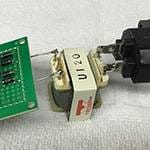Okay, from the outset, I’m going to get a lot of backlash from a recording studio for the title.
If you are confident that headphones are indispensable for sound quality correction for music production and streaming, you don't need this blog.
This is the Gospels to those of you who use monitor speakers.
Let's make the sound coming out of your speakers the best that it can be.
From my personal preference about speakers, I don't like full range.
I understand that they are very good for sound balance, cohesion and vocal reproduction.
However, I cannot hear the harmonics of the guitar, which contain overtones, and the bass drum has no edge, so the bass drum sounds like a man on his day off is drying a futon and banging it with all his might.
It sounds good to say that the whole sound is soft-focused and gentle, but in essence it sounds half-asleep.
This is where multi-way speakers come in.
The highs are handled by the tweeters, the mids by the screener, and the lows by the woofers, and each speaker has its own power amplifier.
What an extravagant system it would be!...If you had two or three stereo power amps…
But before you say, “I don't have that kind of money!”
It doesn't take much money to build a multi-way system in your room nowadays.
Let me introduce you to some of the most interesting products right now.
But first, there is one thing you really need when building a multi-way system.
It is a device called a channel divider.
Fostex / EN15
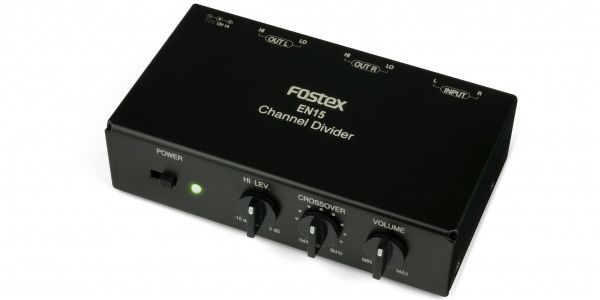
dbx / 223xs crossover (channel divider)
Inside a normal 2-way or 3-way speaker, there is a built-in circuit that divides the incoming signal into high, mid, and low tones.
This circuit is called a “network,” which basically consists of a coil, capacitors, and resistors that do not require a power supply.
However, in a multi-way system, the signal entering the speakers is divided before the power amplifier increases the sound.
The advantages of this approach are:
- Sound quality from the speakers becomes much clearer and the sound image emerges more vividly since only signals of the optimum frequency are sent to each speaker unit.
- Load on the power amplifier is reduced and driving power is increased since less signal is sent to each unit.
- Output of the power amplifier can easily be balanced even on speakers with unbalanced output or units with widely different reproduction efficiencies.
This is a rough explanation, but it is roughly how it works. For example, if the sound produced by the STRINGS tone on a keyboard is the sound of ordinary speakers, the sound of a multi-system is close to the live performance produced by a string orchestra.
I think there is such a difference (in fact, I was playing music on a 3-way system with the multi system, and it was a crazy system with large JBL 3-way twin woofers).
Now, let me show you how many different types of channel dividers are necessary before going through a power amplifier.
If you are an enthusiast (not a nerd) who would like to build a concrete speaker stand directly from the ground up in your room, or if you are looking for a compact monitor speaker for multiple speakers, this is probably a good choice in terms of price and ease of use.
After getting this, the next step is to get a power amplifier.
CLASSIC PRO / DCP30 mini Compact Power Amplifier 5
CLASSIC PRO / DCP100 ultra compact Bluetooth power amplifier
This one is also dirt cheap. But the sound quality is second to none.
It would be foolish to pay tens of thousands of yen for a single stereo power amplifier.
You can buy two of these for a 2-way system, or three for a 3-way system. Well, considering the fact that it is for indoor monitoring, the speakers themselves are not so big, so 2-way is more likely to be used.
Anyway, all I can say is that you should try to listen to it.
You will probably have a hard time adjusting the channel dividers, but the sound quality will make you want to dance when you get the tuning just right for your own speakers (in fact, I have danced).
You will never be able to go back to a normal system again.
The kick of the bass drum rings out with clear weight and the vocals can even be heard breathing through the gaps between the instruments. Even the reverberations are clearly audible.
The vocals are clearly audible and even their reverberations can be heard. “Did I just hear this sound?” “Oh, there's a chorus here?” “There is more than one type of echo on this vocal,” and so on.
What percentage of the sound in your sound system has been reproduced so far?
Believe it or not, you may have only been able to hear half of the information in the sound source. I can assure you that the sound reproduction will be that powerful.
If there are many requests from those who are interested in a multi-system and would like to try it with this unit, I will write a more detailed, easy-to-understand in-depth blog again.
Come back again soon.





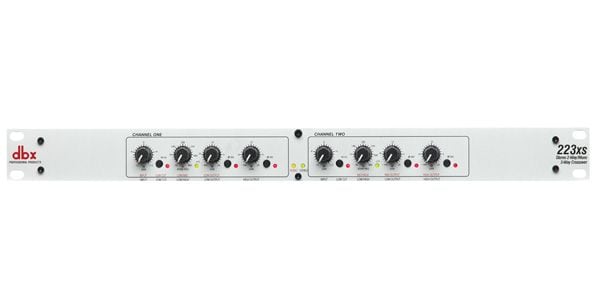
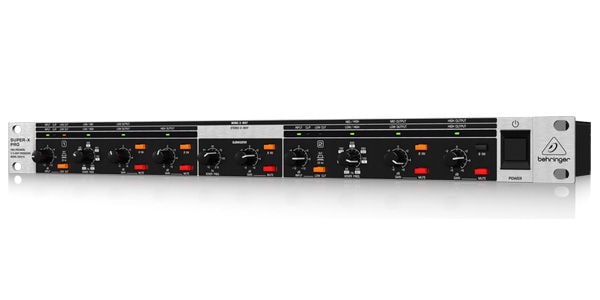
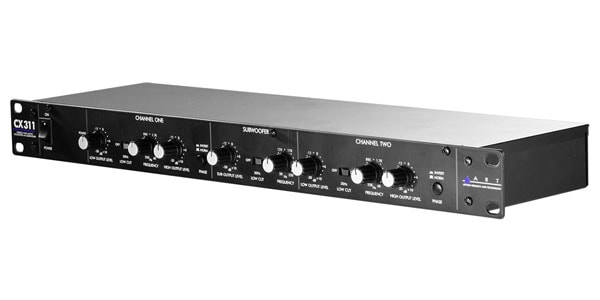
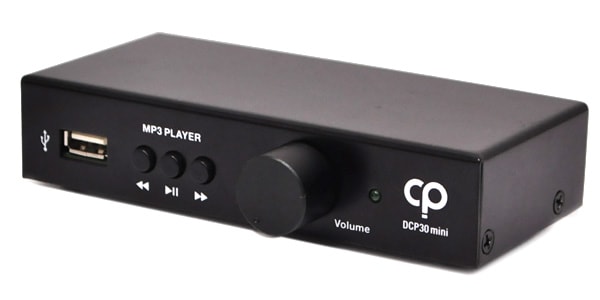
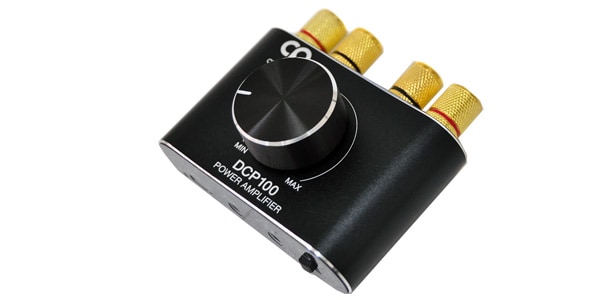

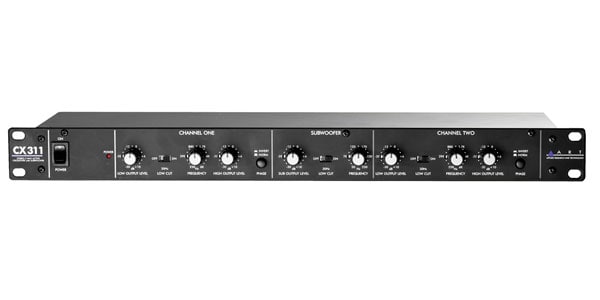
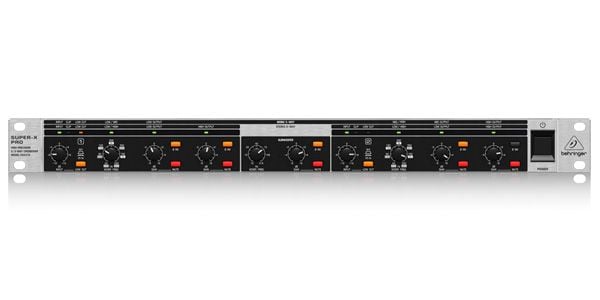

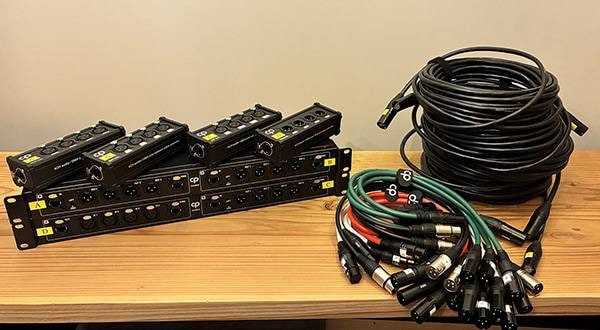



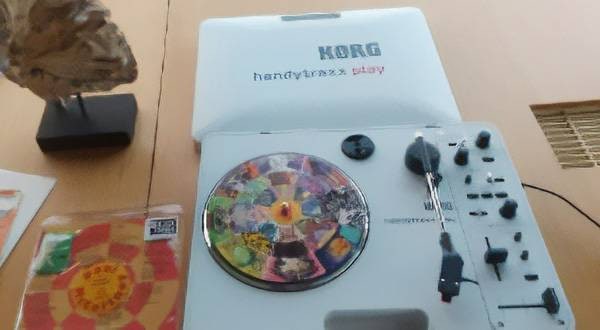
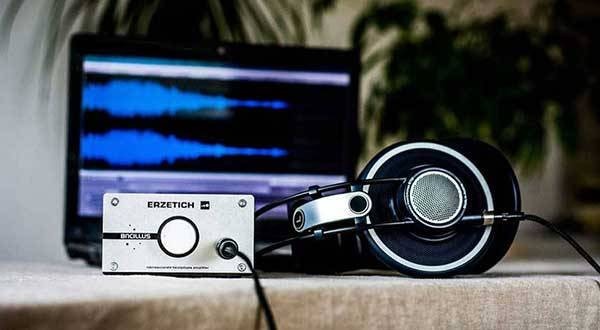
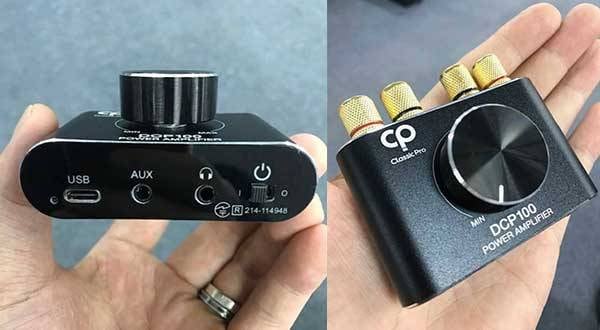

![[Part 1] A Beginner’s Guide to “What is a Phono Equalizer?” [Explanation & Popular Rankings]](/contents/uploads/thumbs/2/2021/6/20210612_2_13071_1.jpg)
![[PA] First direct box DI](/contents/uploads/thumbs/5/2020/11/20201125_5_11656_1.jpg)
 Electro-Voice スピーカー特集
Electro-Voice スピーカー特集
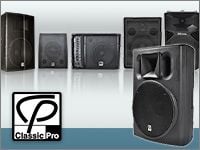 スピーカーの定番 Classic Proのおすすめモデル
スピーカーの定番 Classic Proのおすすめモデル
 スタジオモニタースピーカーを選ぶ
スタジオモニタースピーカーを選ぶ
 スピーカーユニット交換
スピーカーユニット交換
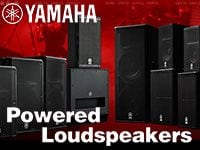 YAMAHA パワードスピーカー比較表
YAMAHA パワードスピーカー比較表
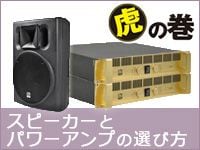 スピーカーとパワーアンプの選び方
スピーカーとパワーアンプの選び方


